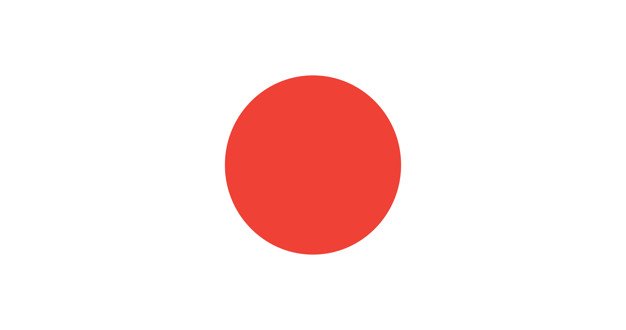After six years of long space travel, the re-entry module released by the Japanese asteroid probe Hayabusa 2 landed in southern Australia on December 6. According to the Japan Aerospace Exploration Agency, this is the first time that human beings have obtained samples of underground matter from an asteroid.
Hayabusa 2 was launched from the Natsushima Space Center in December 2014. In June 2018, it flew near the target asteroid Dragon Palace, about 300 million kilometers away from Earth. For the first time, it collected surface and underground rock samples of asteroids by making man-made impact craters on asteroids.
The asteroid Dragon Palace is said to be about 1 km in diameter. It is believed to contain water and organic matter, similar to the state when the earth was born about 4.6 billion years ago. Scientists hope to understand the formation history of asteroids and the evolution of the solar system by studying the samples of asteroid material brought back by Hayabusa 2.
Hayabusa 2 continued its space journey after releasing the re-entry capsule near the Earth on December 5, and is expected to arrive at another asteroid in 2031 to explore. In addition, the probe launched by the United States in 2016 took samples on the asteroid Benu in October this year, and it is expected to return the samples to Earth in 2023.



